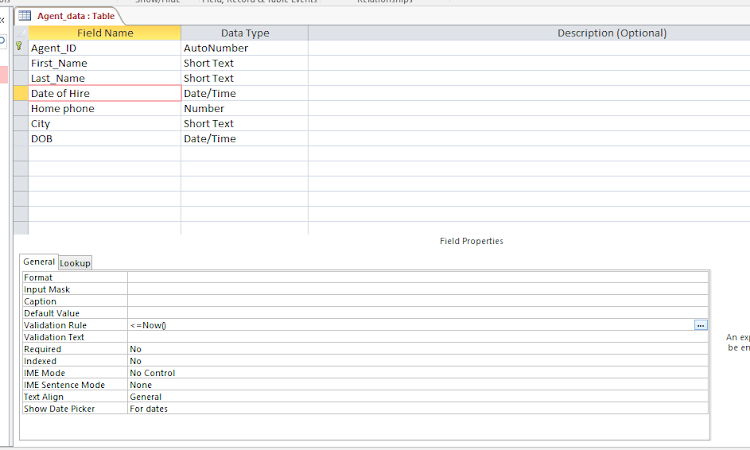Introduction:
The oodles of unwanted and offensive sounds that intrude into our daily lives are baptized as ‘noise pollution’. Noise pollution is not a newly baptized demon, that is why, Lisa Goines and Louis Hagler in their article “Noise Pollution: A Modern Plague”, published in March 2007, in volume 100 of Southern Medical Journal claim that noise pollution has become a modern plague.
Sources of Noise Pollution:
o This demon, called noise pollution, does not hide itself underground, nor does it live in dark and dangerous jungles.
o According to David H.F. Liu and Howard C. Roberts, in their 1999 book, Noise Pollution, the modern plague of “Noise [pollution] is found almost everywhere”.
o So, let us look around to locate some of the common types of noise pollution.
Common types of Noise Pollution:
So, the types of noise pollution that we can see, hear and smell around are:
1. Transportation Noise: Motor vehicles, railways, subway trains and aircrafts are the gravest source of noise pollution in urban scenes.
2. Urban Noise: Urban noise exists twenty-four hours per day. The sources of urban noise consist household noises, heating and ventilating noises, ordinary atmospheric noises, shopping center chatters, parties, discos etc.
3. Industrial Noise: The usage of air compressors, bulldozers, loaders, dump trucks and other heavy machines in industrial engineering, as well as the noises produced during the construction of buildings, highways, and streets, all are the various forms of industrial noises.
4. Neighborhood and Domestic Noise: barking dogs, car alarms, garbage recycling, lawn-mowers, building construction etc. all are the examples of domestic and neighborhood noises.
Latest Surveys on Measuring Noise Pollution:
In order to decipher the gravity of the issue of noise pollution, a look at some of the recent surveys on measuring noise pollution across the world is necessary:
1. According to Jacques Lambert and Chrystèle Philipps-Bertin, in their article “Perception and Attitudes to Transportation Noise in France: A National Survey”, presented at 9th International Congress on Noise as a Public Health Problem (ICBEN) 2008, Foxwoods, CT:
“Transportation is considered by the French population as the main sector at the origin of environmental problems (74.5 %), and secondly the industrial sector (65.5 %).”
2. According to Dr. Brind Kumar, Sharad V. Oberoi and Akash Goenka, in their paper “A Brief Review of the Legislative Aspects of Noise Pollution”, presented at Workshop on Environmental Pollution: Perspectives and Practices, organized by Institute of Engineering and Technology, Lucknow, India, on April 30, 2004:
“A significant proportion of complaints received by local councils, the police and the EPA [in Sydney] are related to neighborhood noise.”
Hazardous Bearings of Noise Pollution:
Lisa Goines and Louis Hagler in their article “Noise Pollution: A Modern Plague”, published in March 2007, in volume 100 of Southern Medical Journal, delineate the following hazardous bearings of noise pollution:
o Hearing Impairment.
o Interference with Spoken Communication.
o Sleep Disturbances.
o Cardiovascular Disturbances.
o Disturbances in Mental Health.
o Impaired Task Performance.
o Negative Social Behavior and Annoyance Reactions.
Measures to Curb Noise Pollution:
Kumar, Oberoi and Goenka, in their paper “A Brief Review of the Legislative Aspects of Noise Pollution”, presented at Workshop on Environmental Pollution: Perspectives and Practices, organized by Institute of Engineering and Technology, Lucknow, India, on April 30, 2004, suggest that work should be done on the following four levels to abate noise pollution:
o Administrative Remedies:
o By keeping noise at distance
o By absorbing noise between its source and the receiver
o Judicial Remedies:
I) By taking Punitive and Preventive Action
o Legislative Remedies:
I) Setting up a special system of taxation to be imposed on all the sources of noise pollution.
o Public Co—operation:
I) By educating the public about dangerous consequences of noise pollution through mass media like cinema, Radio, television and public relation departments of the Government.
II) Making the people award of the various legal and other remedies available to them for the control of noise pollution.
o International Co-operation:
I) Exchange of technology equipped with lesser noise producing equipment's.
II) Exchange of research programmers directed towards various methods of noise control.
III) Exchange of legal and other methods used in controlling noise pollution.
IV) Learning from the success or failure of others.
Final Remarks:
I would like to conclude with the point that since noise pollution is a modern plague, therefore the abatement of noise pollution demand both individual and collective efforts. So, let us all whisper to ourselves and each other, what Horace (65BCE-8BCE) once said: Favor me with silence.




0 Comments